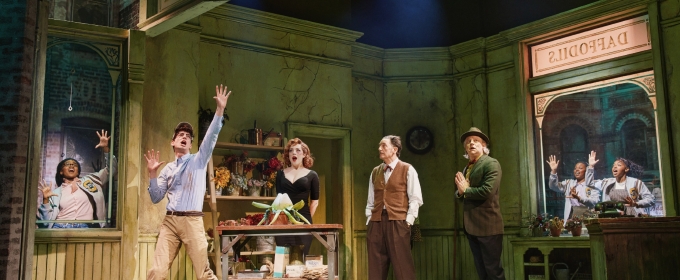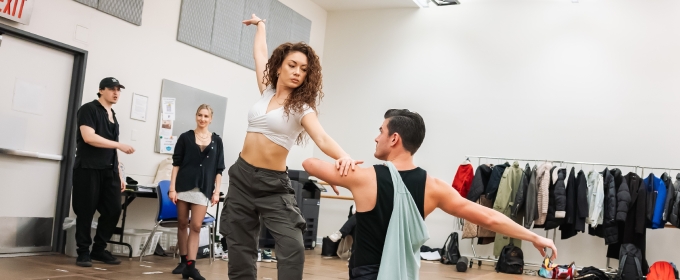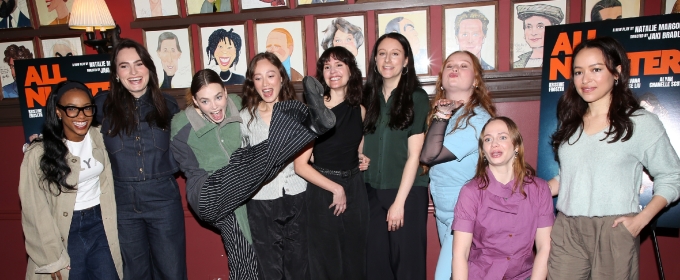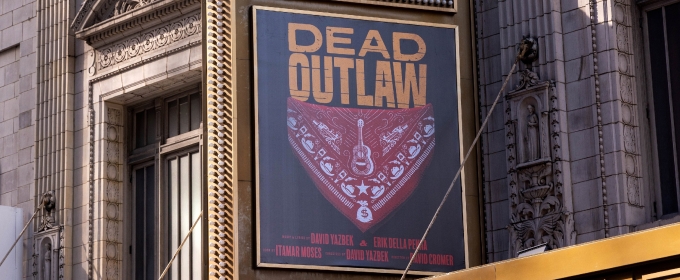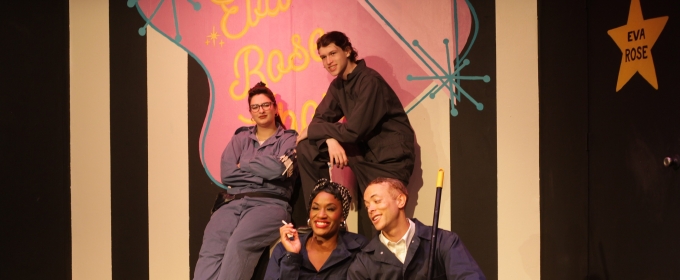Trending Stories
Recommended for You
MAMMA MIA! Will Return to Broadway This Summer
The musical is set to begin previews on August 2 ahead of an opening night on August 14 at the Winter Garden Theatre.
THE GREATEST SHOWMAN Will Premiere in London in Spring 2026
Open auditions are underway across the UK and Ireland.
ROCKY HORROR SHOW, OEDIPUS & More Included in Roundabout Season
Additionally, the Todd Haimes Theatre will get a major renovation beginning in August 2025
Photos: WICKED Welcomes Lencia Kebede, Allie Trimm, and More
The new cast also includes NaTasha Yvette Williams (Madame Morrible), Jenna Bainbridge (Nessarose) and Daniel Quadrino (Boq).
Ticket Central
Industry
West End

Review: OSIPOVA / LINBURY, Royal Ballet And Opera
Natalia Osipova's Linbury programme runs until March 10
Natalia Osipova's Linbury programme runs until March 10
New York City

Review: Ashley Brown Shockingly Special In Last-Minute Solo Performance
Ashley Brown will be at The Green Room 42 on March 8th at 7 pm. GO.
Ashley Brown will be at The Green Room 42 on March 8th at 7 pm. GO.
United States

Photo: GUYS AND DOLLS At Music Theater Works
Running March 6 - 30.
Running March 6 - 30.
International

Interview: Sam Champagne Talks TWILIGHT: IN CONCERT
Experience the magic of The Twilight Saga's first movie like never before with a live concert on March 14 in Vancouver, BC!
Experience the magic of The Twilight Saga's first movie like never before with a live concert on March 14 in Vancouver, BC!




































































